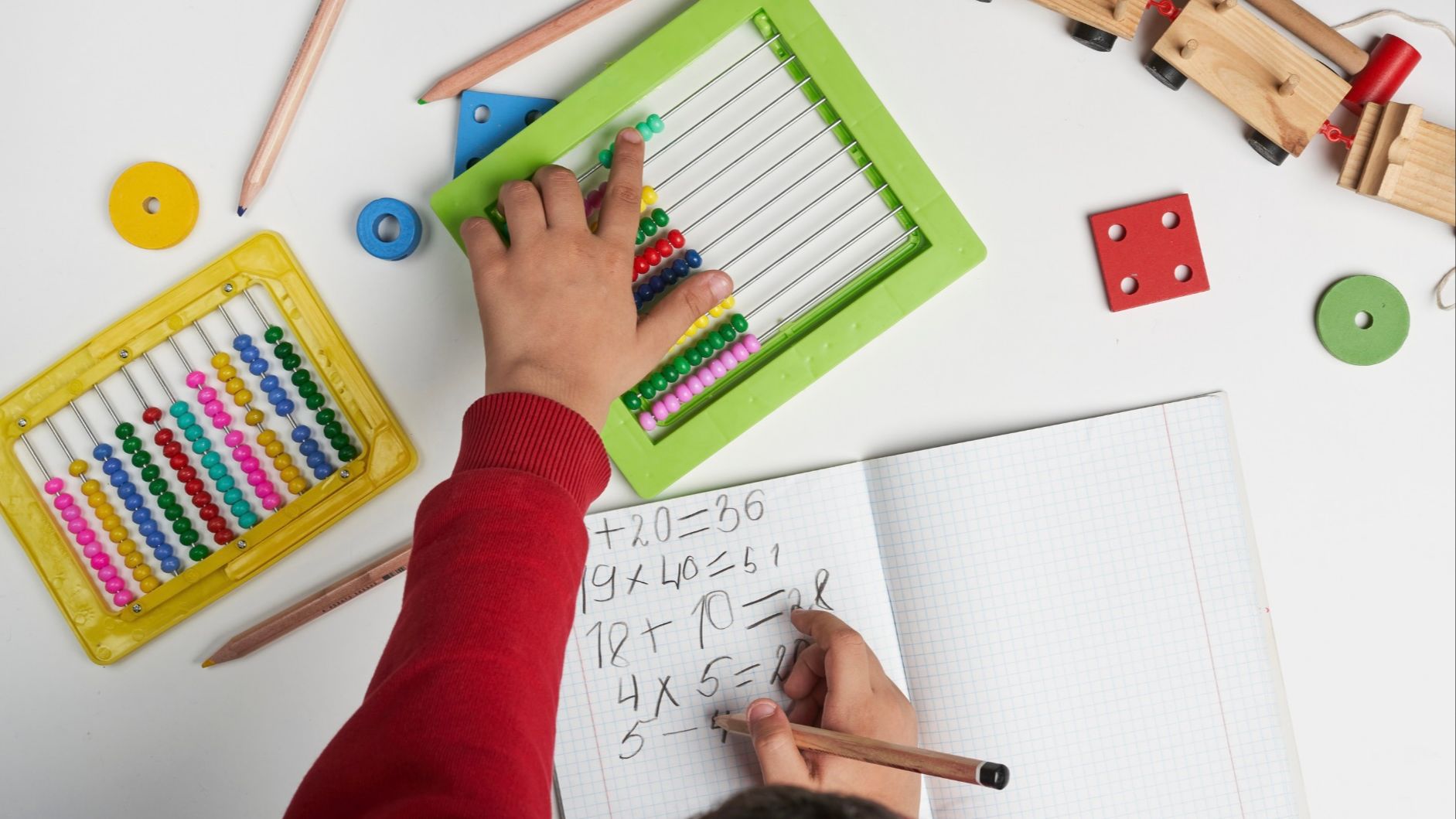
Math Connections & Patterns: How Parents Can Help Kids Build Confidence in Math
Mar 24, 2025When I think about my kids, I want them to have a good relationship with math.
And I’m not just saying that because I’m a math teacher (though that definitely doesn’t hurt).
I’ve seen what a bad relationship with math can do to a student. It can be all-consuming—a storm that wipes out confidence, curiosity, and a sense of capability. No student deserves that. And now that I’m a parent, I feel it even more deeply—I don’t want my kids growing up thinking math is something to fear or avoid.
The truth is, math will be part of your child’s life for at least 12 years—and maybe more if they go into a field that involves math in college or their career. That’s a long time to be miserable if things aren’t going well. So let’s make it better. Let’s make it enjoyable, or at the very least, manageable and empowering.
One of the biggest game-changers in how students experience math is this:
🔗 Making connections between mathematical ideas.
This is where the magic happens—it’s where patterns emerge, understanding deepens, and confidence builds.
Making connections is a combo move that involves reflection, metacognition (thinking about your thinking), and active learning. I like to think of it as zooming in and zooming out during the learning process. You want your child to start recognizing the big picture while also working through the details. And eventually, this becomes second nature.
Let’s start here:
Math is the study of patterns.
So it makes sense that we want kids to look for patterns as they learn.
🔍 Tips for Helping Your Child Build Math Connections
Here are a few easy, no-math-degree-required strategies for helping your child build this connection-making muscle:
1. Ask: "What do you notice? What do you wonder?"
These are two of the most powerful questions in the math world. Open-ended and thought-provoking. And bonus: no wrong answers.
2. Have them teach you what they learned today.
This builds their understanding and confidence—and you get to model curiosity. (Even if you’re faking it a little—“Oooh interesting, multiplying fractions, tell me more!”)
3. Ask: "What does this remind you of? Why?"
Let them stretch their thinking. Even if their connection feels like a stretch to you, it’s helping them practice pattern recognition and reasoning.
4. Offer a connection if they get stuck.
Try:
"I notice that what you’re doing here looks kind of like what you did two days ago with ____. I wonder if they’re related. What do you think?"
This gets them reflecting without feeling like they got the “wrong” answer.
5. Ask: "How can we make this visual?"
Drawing a picture, making a diagram, or using objects can often make abstract concepts feel much more concrete.
6. Encourage curiosity—and follow up!
If your child asks a great question while working with you, have them write it down to ask the teacher tomorrow. Then ask them about it after school.
This kind of follow-through:
-
Reinforces the value of their curiosity
-
Helps them advocate for themselves
-
Gives them multiple exposures to the same concept (which strengthens memory!)
Consistency is key. The more often you ask these kinds of questions, the more your child will expect them—and even start looking for patterns on their own during class. That’s the ultimate goal.
You’re not just helping them pass math class.
You’re helping them become a THINKER.
So let’s tap into that. Give them the tools, vocabulary, and encouragement they need to build connections, express their ideas, and wrestle with tough problems.
TLDR
-
Math is full of patterns and connections—and recognizing them builds understanding and confidence.
-
You don’t need to be a math expert to help your child—you just need to ask good questions, show interest, and encourage reflection.
-
Start small. Be consistent. Watch their mindset shift.
✅ Actionable Step:
Pick one of the questions above and ask your child today after school. Just one! Then try again tomorrow. Keep it simple, keep it curious.
I've made this into a printable checklist that you can put on your fridge or have handy to remind you to do this daily!
📥 Get this Free Printable Checklist Here!
💡 If this post gave you an aha moment, drop a comment below 👇 and share your favorite question to ask your child after school!
✉️ Stay in the Loop!
Want more actionable math strategies, mindset shifts and insights like this?
👉 Subscribe to my email list and get weekly tips to help your student build confidence, deepen understanding and transform their belief in their ability to learn math.
Let's build a community that empowers math learners -- together. 💛
We hate SPAM. We will never sell your information, for any reason.

